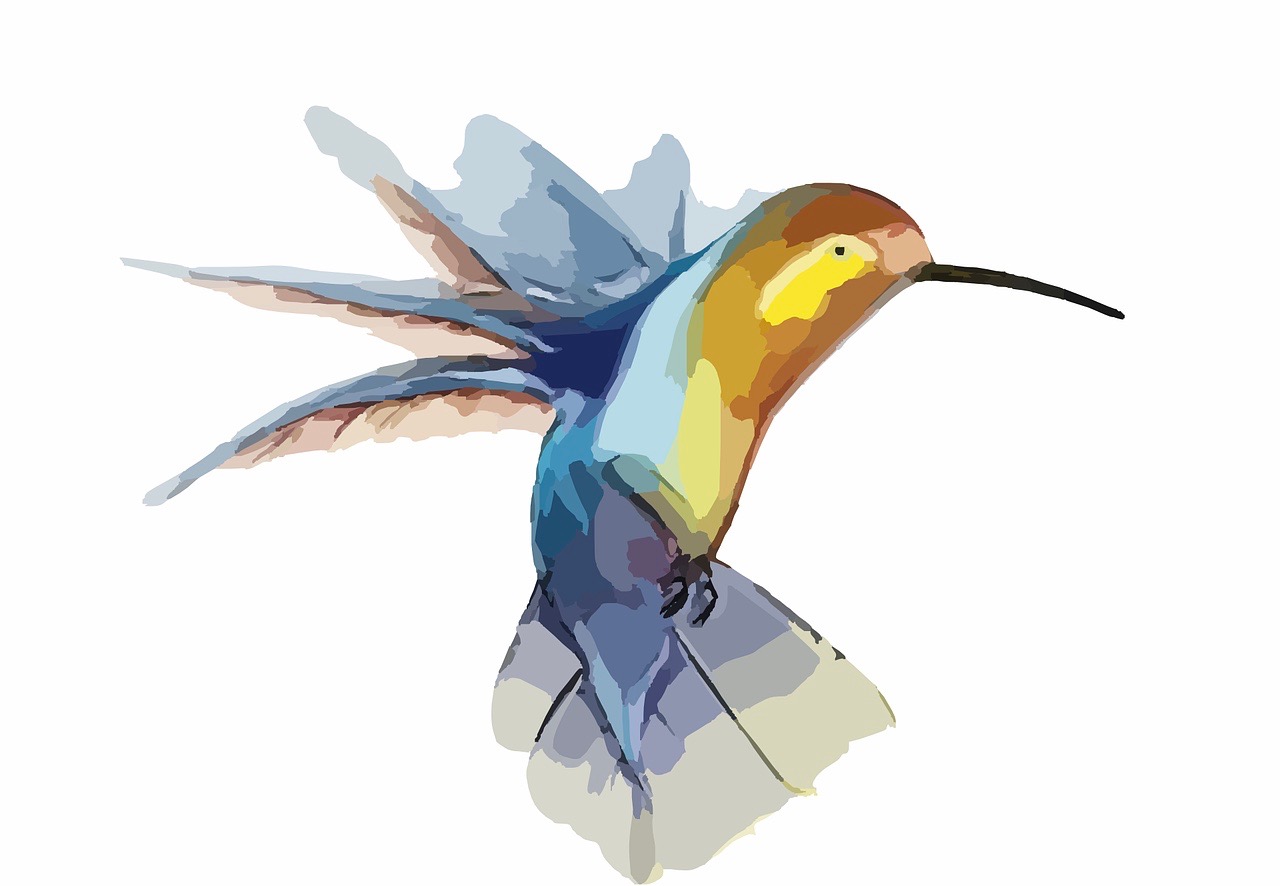A Look Under the Hood
By: Andrew Dolby
I lived my childhood in a remote corner of Colorado. No TV. I entered the worlds of The Six Million Dollar Man and Pong only during the occasional sleepover with friends or interminable road trips to visit cousins in the Midwest. But there were elk, pronghorn, bobcat, coyote and Western Tanager. Many hours exploring the open ponderosa pine woodlands around the house and backpacking into higher country with my dad, always hopeful for wildlife, are emblazoned forever in my memory. I spent many hours more watching every move of Steller’s Jay and Black-billed Magpie as they visited the back porch at home, looking for anything to scrounge on frigid winter morning. I owe my life’s work as a biology academician to these formative years immersed in nature. Few characters in this wildlife spectacle captured my imagination like the dozens of hummingbirds that swarmed our feeders in summer—their bejeweled aerial supremacy and never-ending territorial drama. And the more I experience and learn about them, 45 years later, the more fascinating they become.
When it comes to physiology, birds in general are the high-performance machines of the animal kingdom. If birds were cars, they’d be Ferraris! Their high metabolic rate is equivalent to a revved-up engine, which creates tremendous demand for energy and oxygen. The body temperature and heart rate of the vast majority of birds would put us well beyond the emergency room. Although avian physiology is remarkable across-the-board, no group takes it to the extreme like hummingbirds. Around 350 species of these incredible aerial acrobats grace the Americas. We are lucky to have one regular breeder here in Virginia, the Ruby-Throated Hummingbird, and its physiology stats are impressive, to say the least. Their heartrate can reach around 1,200 beats per minute, and their respiration rate is about 250 breaths per minute. Compare that to our 60-70 beats per minute and 12-16 breaths per minute. Their normal body temperature stands at a “cool” 105 deg. F.
Why are the hummingbirds so over-the-top? First, they are among the smallest warm-blooded (or endothermic) animals. That means they have a very low surface area to volume ratio, giving heat more opportunity to escape. Their small size combined with their high body temperature and lack of downy feathers means they need to keep the furnace really burning most of the time. If the temperature drops below the point where their metabolic heat production can’t keep up (such as during an unusually cold night), hummingbirds have another remarkable ability—they can turn the thermostat down! This mini-bout of hibernation is called torpor. A torpid hummingbird can drop its body temperature down to around 45 deg. F and its metabolic rate to an almost immeasurably low point. They are completely unresponsive when in this state! Their body clock “wakes” them an hour or two before dawn, and their muscles start shivering to warm things back up.
The second reason why hummingbirds are such physiological extremists is their level of physical activity. When not resting, they are always on the wing. They are incapable of walking at all. Their wing beat rate is more than 50 per second on average. That’s a lot of energy and oxygen-requiring physical activity! We can all appreciate their mastery of the air and ability to hover and fly backwards as well as forwards. Ruby-throated Hummingbirds overwinter in Mexico and Central America and migrate back to the U.S. Gulf Coast by flying 900 miles nonstop over the Gulf of Mexico. A truly incredible feat that requires them to double their fat reserves before they depart.
I’ve now been privileged to see dozens of hummingbird species in Central and South America— Booted Racket-tail, Purple-throated Woodstar, Violet-tailed Sylph. But no checklist of exotic tropical species, no matter how long, will stop me from freezing in my tracks at the low hum of a Ruby-throat hovering at a trumpet vine on a summer morning in Virginia.
***
Andrew Dolby is a biology professor at the University of Mary Washington, where he has been a faculty member since 2000. A self-professed wildlife nut, a young Andrew was studying encyclopedia entries for “okapi” and “cassowary” while the other boys were out playing pickup baseball. He now teaches courses in animal behavior, ornithology, ecology, and evolution, and leads student field trips to Central America and the Galapagos Islands. In his free time, he enjoys running the Fredericksburg trails, drinking locally brewed beer, and plotting his next opportunity to add some new bird, monkey, or carnivorous mammal to his sightings list.


